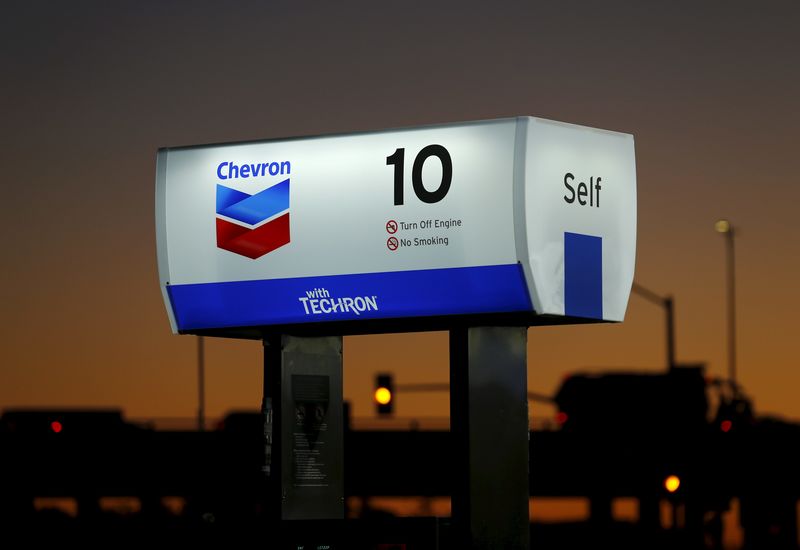In recent developments, Exxon (NYSE:XOM) and Chevron (NYSE:CVX), two of the leading oil companies, have made significant acquisitions in an attempt to bolster their production capabilities. The strategic value of these acquisitions is underscored by the disparity in their assessments of the acquired companies' output potential.
On Thursday, it was noted that Chevron's acquisition of Hess (NYSE:HES) came at nearly double the cost per dollar of cash flow compared to Exxon's purchase of Pioneer. This demonstrates Chevron's higher assessment of Hess' output potential. Hess extracts a quarter of its production from Guyana's Stabroek block, a market that Chevron has been eyeing for entry.
Meanwhile, Exxon, already a dominant producer in Guyana, acquired Pioneer, a company whose revenue stream is entirely dependent on the Permian shale basin. Pioneer's stock transactions are valued at 6.35 times its cash flow, a figure that seems undervalued when compared to Hess' 11.65 times valuation.
The market dynamics reveal that Pioneer has doubled the annual cash flow of Hess. However, the higher acquisition cost for Chevron buying Hess indicates a greater financial commitment from Chevron and a belief in the strategic value of Hess' assets.
These acquisitions come amidst growing competition in the global oil markets and highlight the strategic importance of reserves like Guyana's Stabroek block and the Permian shale basin. The moves by Exxon and Chevron underline their intent to consolidate their positions in these key areas and secure their future revenue streams.
This article was generated with the support of AI and reviewed by an editor. For more information see our T&C.
